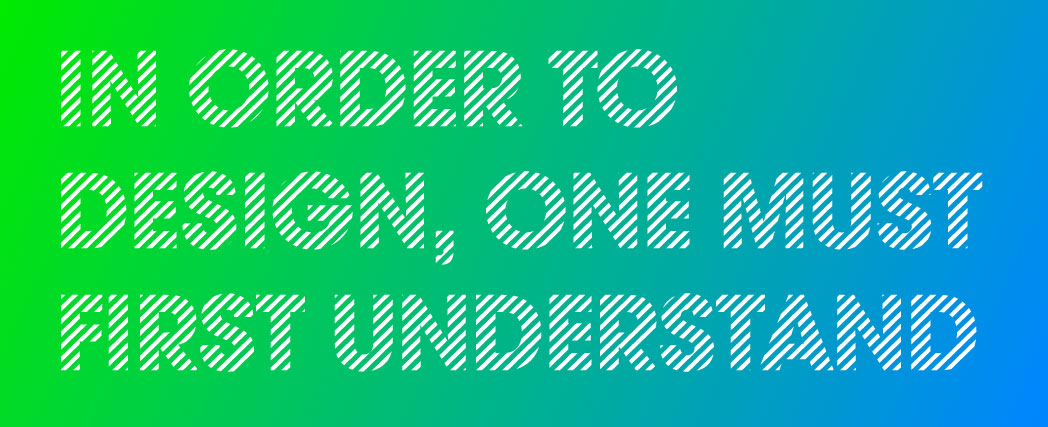
Four Content Strategies for Your Website
As your number one marketing tool, it is imperative that your website speak effectively to your target consumer. Design and technology will fall flat if the words on the page aren’t carefully considered—everything from primary messaging down to smaller stories. Indeed, content development is an often overlooked, yet crucial, aspect of the web design process.
At MSLK we believe that in order to design, one must first understand. If we apply this mantra to a website project, it means that content creation should happen as early as possible, which will directly influence the design. The content strategies presented here are applicable to any industry, and have proven successful for our clients time and time again:
1. Reduce Your Page Count
Touch devices have users yearning for longer scrolling pages that can be easily swiped on a tablet or smart phone. Having fewer website pages is easier to navigate, manage, and saves time and money for all parties involved. It also allows the most important information to be up front, never more than a couple of clicks away.
When working on website content simplification, we think about what information can be bundled together, often creating new, more inclusive categories, which naturally leads towards a simpler site structure. One page that we almost always find can be removed is a dedicated contact page. In most cases it’s better to have contact info present on every page in the footer, so users can contact you from any page without having to click.
2. Keep it Balanced
Most companies want to talk about every single product or service they offer. However, this everything but the kitchen sink attitude almost always leads to an imbalanced presentation of information, making you look more competent in one area than another. Keep in mind that users digest information in threes, so boiling your business down to three or four balanced core competencies is ideal. If you have a product or area of expertise that doesn’t exactly fit the mold, it can likely be promoted in other ways, such as touting it as a trending or emerging service offering.
3. Make it Easy to Skim
Nobody reads anymore, especially online. Users may spend a couple of minutes on your site if you’re lucky, so it’s important to think about what the key take-aways should be in that short period of time. Using bullets, images, and graphics as opposed to long prose passages is always preferable. If prose is needed, remember that this can be broken up by headings to allow for easy scanning of the page. Your website also doesn’t and shouldn’t say everything. It should communicate the most important aspects of your business and invite customers to contact you so they can learn more. Get them to pick up the phone.
4. Keep it Fresh
It’s likely that the majority of your site is comprised of evergreen content that is updated infrequently, but having a blog as a place for fresh content is vital for SEO. Depending on the nature of your business, it could contain a mixture of news, events, promotions, campaigns and thought leadership. MSLK always recommends having a content calendar containing article ideas around your SEO keywords to help overcome writer’s block. Think of your blog as the side door to your business. Users are more likely to land on a blog article than your homepage when searching, so it’s important that your blog is seamlessly integrated with the rest of your site. You can aid users further by including a very short mission statement in the sidebar, so they immediately understand who you are.


